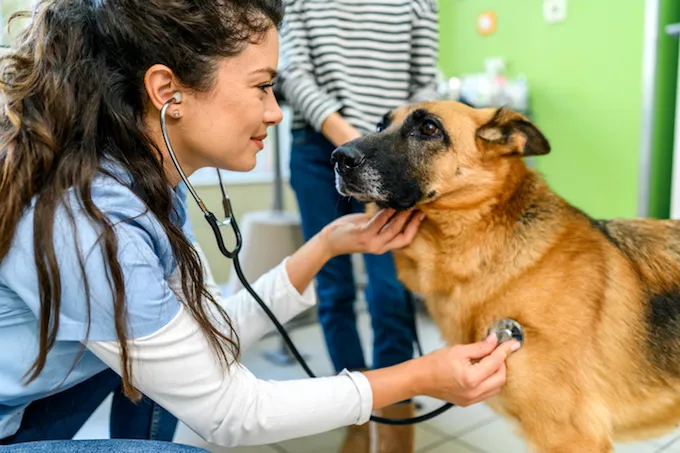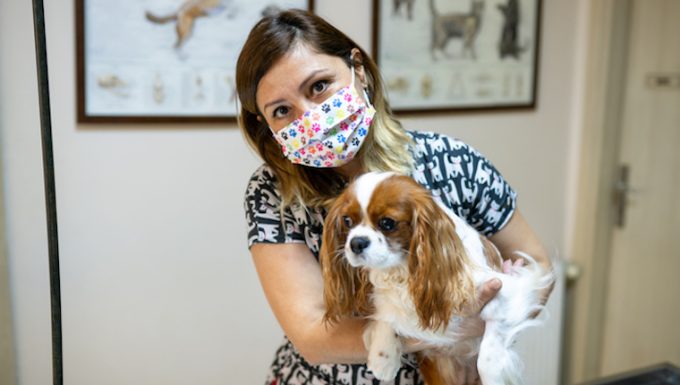Overproduction of white blood cells in the bone marrow in dogs is a blood disorder. The condition can cause organ problems and hepatitis.
Unfortunately, the cause of the condition is unknown. However, Rottweilers, German Shepherds, and Cavalier King Charles Spaniels seem to be more predisposed to the condition than other breeds.
Technically, the condition is also known as hypereosinophilic syndrome in dogs.
If you see the signs of the condition in your dog, then get to a veterinarian for a proper diagnosis and treatment.
Here’s what you should know about the symptoms, causes, and treatments for the condition.
Symptoms of Overproduction of White Blood Cells in the Bone Marrow in Dogs
The condition produces a wide range of symptoms. For instance, some of the most common symptoms include:
- Fever
- Appetite loss
- Lethargy
- Enlarged spleen
- Enlarged liver
- Weight loss
- Diarrhea
- Vomiting
- Lesions
- Stomach pain
- Coughing
Causes of the Condition in Dogs

The cause of the condition is unfortunately unknown. This means that it is called idiopathic.
However, the following breeds seem most predisposed to developing the condition:
- Rottweiler
- German Shepherd
- Cavalier King Charles Spaniel
- Alaskan Malamute
Treatments for the Condition in Dogs
Firstly, your vet will ask about your dog’s symptoms. Secondly, your vet will ask about your dog’s full medical history. This will include breed-specific problems.
Thirdly, your vet will carry out a full physical examination. Blood and urine tests will be taken. Additionally, a bone marrow biopsy can help to confirm the condition. Also, X-rays can be used to help monitor the extent of the condition.
Generally, treatment for the condition focusses on long term goals. For example, corticosteroid therapy can be used to help any inflammation issues. Also, chemotherapy medication can be tried.
As always, if your vet prescribes your dog any medicine, make sure to stick to the correct dose and frequency instructions. Also, complete the full course of medicine.
While your dog is being treated for the condition, it is important to keep up very regular vet visits. This is to properly monitor your dog’s health and recovery.
Have you ever cared for a dog who suffered from this condition? How did your vet help your dog recover? Let us know in the comments section below.









